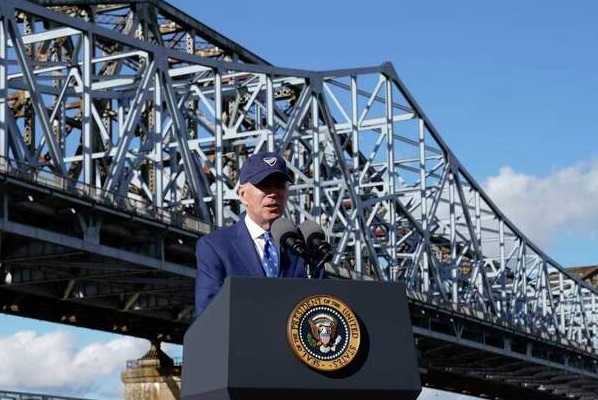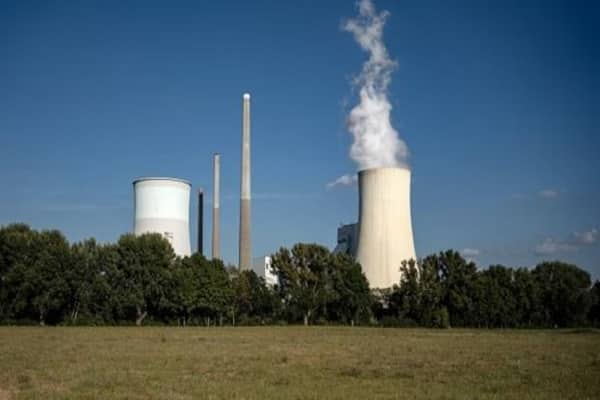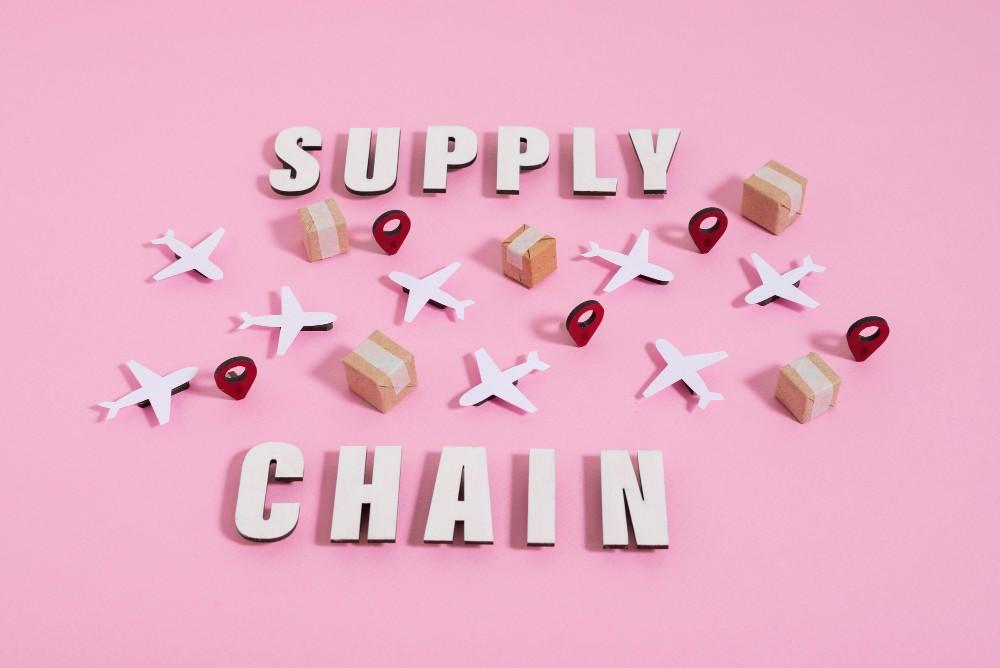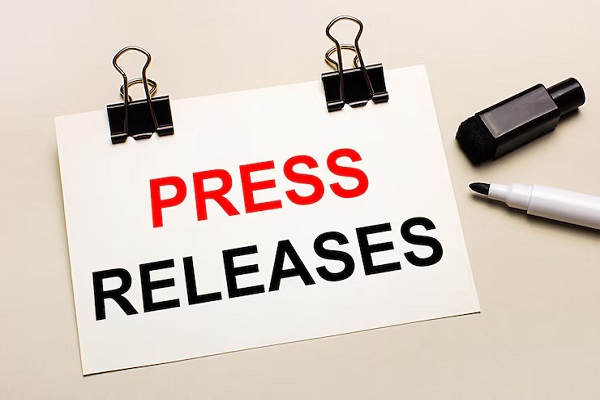The Biden administration has been touting its infrastructure plan as a key component of its economic recovery strategy. One of the highlights of this plan is the proposed investment in new bridges across the United States. The administration has pointed to these new bridges as a way to not only modernize the country's infrastructure but also create jobs and stimulate economic growth.
The United States has over 614,000 bridges, many of which are aging and in need of repair or replacement. According to the American Society of Civil Engineers, over 42% of these bridges are over 50 years old and 46,000 are considered structurally deficient. This means that they are in poor condition and may require weight restrictions, closures, or even complete replacement.
The Biden administration's plan calls for the investment of $115 billion to modernise the country's bridges, highways, and roads. This investment would not only improve safety and reduce congestion but also create millions of jobs in construction and related industries.
One of the key goals of the bridge investment plan is to replace or repair the country's most critical bridges. The American Road and Transportation Builders Association has identified over 46,000 bridges that are in poor condition and require immediate attention. These bridges are located in every state and include many that are essential to interstate commerce and transportation.
The investment plan also includes funding for the construction of new bridges to replace those that are beyond repair. The new bridges will be designed with modern safety standards and materials, making them more resilient to natural disasters and extreme weather events.
In addition to creating jobs and improving safety, the investment in new bridges is also expected to have a positive economic impact. Improved infrastructure can make businesses more competitive by reducing transportation costs and improving access to markets. It can also attract new businesses and investments to areas with improved transportation networks.
Critics of the Biden administration's infrastructure plan have expressed concerns about the cost of the investments and the potential for increased government debt. However, supporters argue that the economic benefits of the plan far outweigh the costs and that investing in infrastructure is necessary to ensure long-term economic growth and competitiveness.
The Biden administration's bridge investment plan is just one component of its broader infrastructure plan, which includes investments in broadband, electric vehicles, public transportation, and more. The administration has proposed funding these investments through a combination of tax increases on corporations and wealthy individuals, as well as increased enforcement of tax laws.
The plan has faced opposition from some Republicans in Congress, who argue that it is too expensive and would lead to higher taxes and inflation. However, the administration has emphasised the urgent need to invest in infrastructure, noting that the United States lags behind other developed countries in terms of infrastructure quality and competitiveness.
Overall, the Biden administration's investment in new bridges is a key part of its efforts to modernize the country's infrastructure and stimulate economic growth. While there are concerns about the cost and potential impact on government debt, supporters argue that the benefits of the plan far outweigh the costs and that investing in infrastructure is necessary for long-term economic success. As the plan moves forward, it will be important to closely monitor its progress and ensure that it is implemented in a way that maximises its benefits while minimising its costs.
The Biden administration is prioritising new investments in various sectors, including infrastructure, to stimulate economic growth and job creation. One of the key areas of focus is the investment in new bridges across the country, which is aimed at improving safety, reducing congestion, and modernising infrastructure. The administration has proposed a $115 billion investment plan to repair or replace the country's most critical bridges and construct new ones. This investment is expected to have a positive economic impact by improving access to markets, attracting new businesses and investments, and creating millions of jobs in the construction and related industries.
-black.png)










